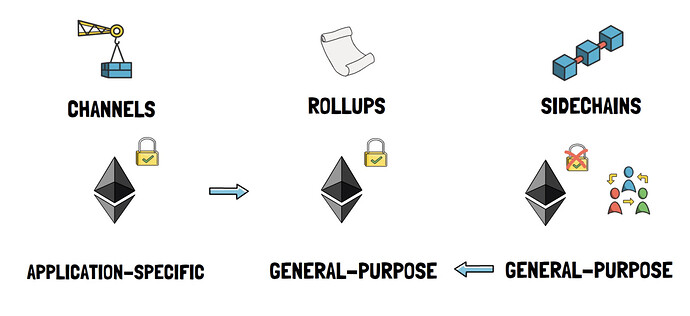At present, the surplus value of the rollup is determined through the deduction of operational and Layer 1 (L1) costs from the aggregate transaction fees obtained from users. L1 costs encompass three types: state root update costs, data publication costs on L1, and valid proof verification costs (for ZK rollup and Validium).
While the majority of rollups are functioning smoothly, there remains a need for enhancements and developments to bolster the system’s resilience and fault tolerance. To achieve greater flexibility and efficiency, the Rollup Operator will be subdivided into specialized roles, thereby expanding the design scope for each role within the system.
Initially, the rollup’s architecture consisted of two core shared services: data availability (DA) and settlement. Currently, rollups are exploring various other shared services tailored to aspects pertaining to the rollup’s operations.
DA is regarded as a highly competitive and promising domain for capturing value within the Rollup Tech Stack, the system’s architectural framework. Ethereum leads the way in this regard and is planning a protocol upgrade to align with this new vision.
